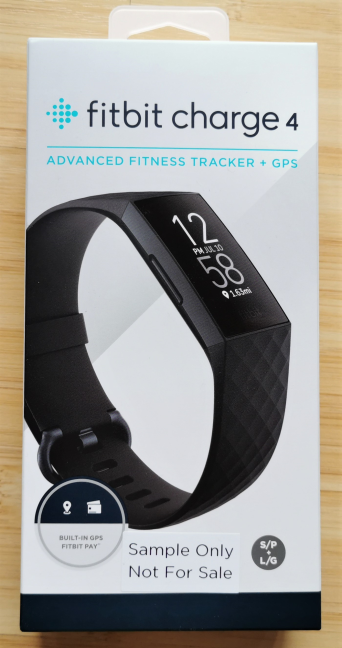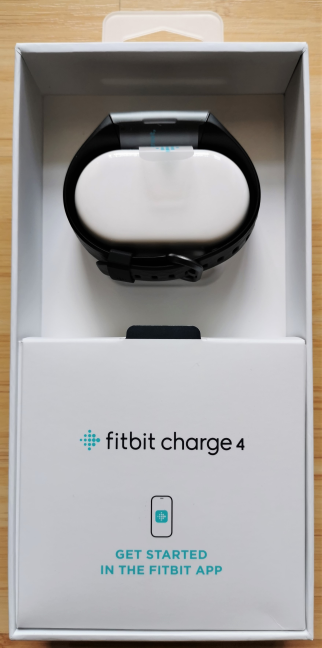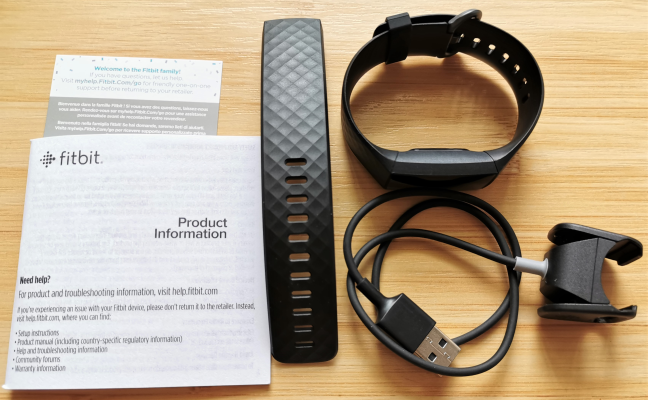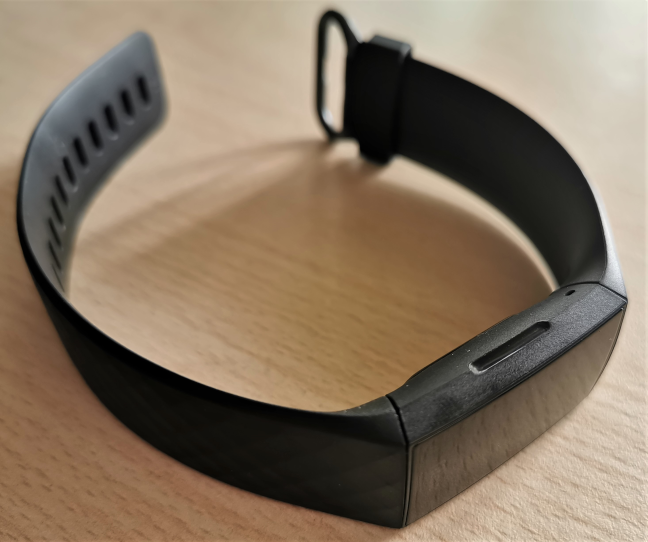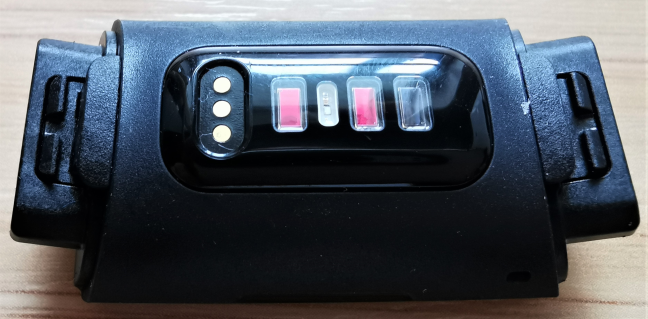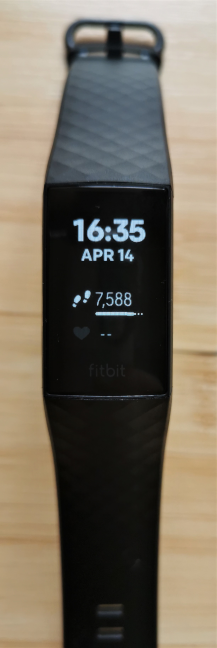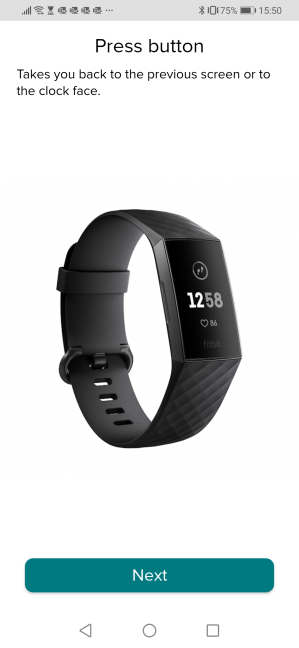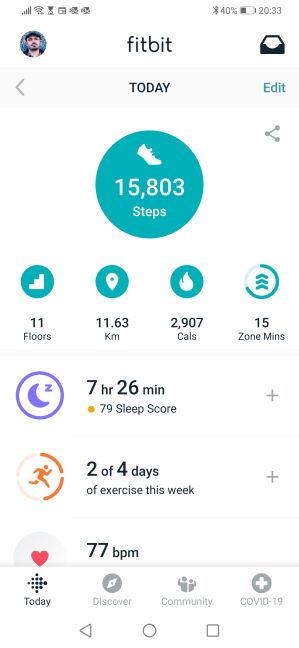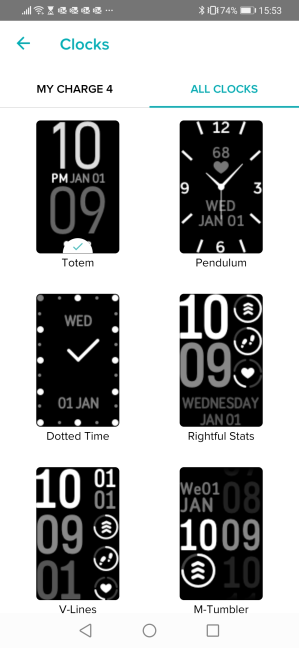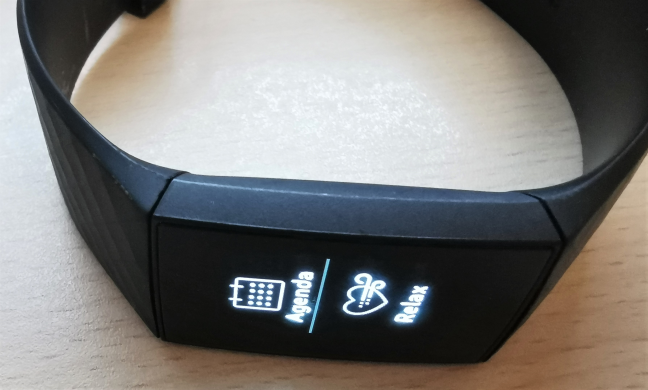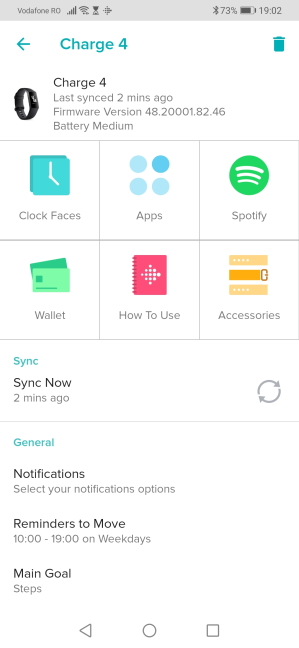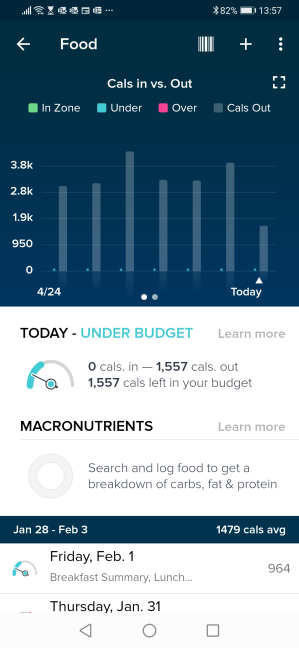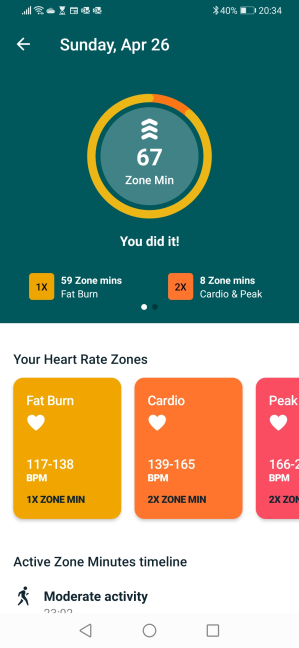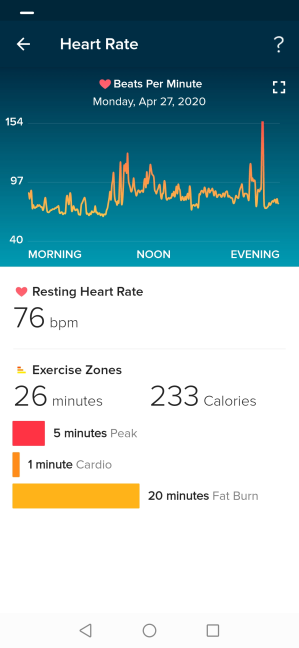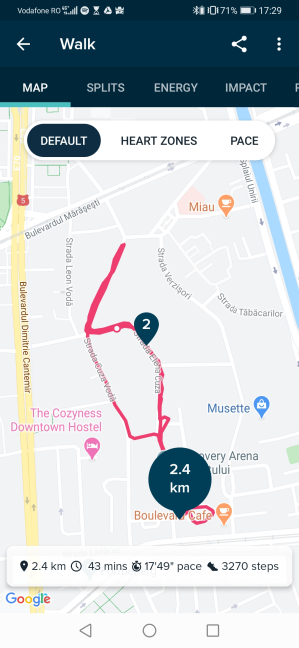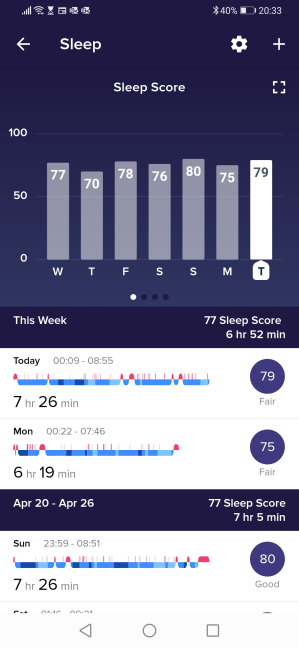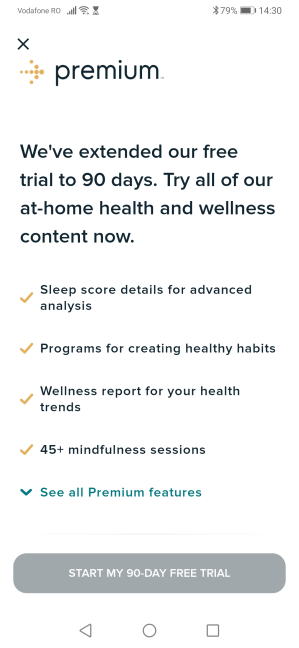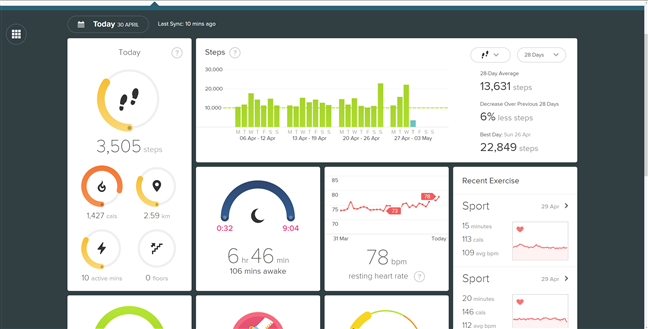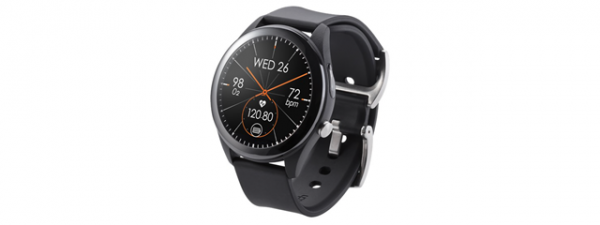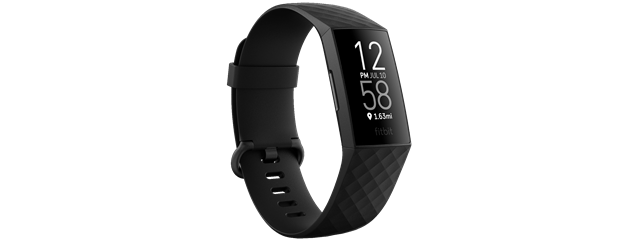
The Fitbit Charge line-up has always been one of the best in the market of fitness trackers. The new Fitbit Charge 4 takes what was already an excellent product and adds new features, like Spotify support, GPS-tracking and Fitbit Pay. We were curious to test the new model and see whether it is an upgrade from the Fitbit Charge 3. If you are on the lookout for a health and fitness band that can help you stay up on your game, read this review:
Fitbit Charge 4: Who is it good for?
This fitness band is an excellent choice for:
- Enthusiasts who want excellent health and fitness tracking
- People who want to analyze and improve their sleep patterns
- Users who need some basic smartwatch features and notifications
- People looking for a fitness band with GPS tracking
Pros and cons
There are many positives about the Fitbit Charge 4:
- Pleasant design
- It is small, light, and comfortable to wear
- Built-in GPS with accurate tracking
- Useful sleep tracking
- Good battery life
- Excellent health & fitness features
There are some downsides too:
- The touchscreen and the inductive button can be a bit laggy
- Sometimes, notifications are buggy, and they repeat themselves after being cleared
- The Spotify integration has limited usefulness
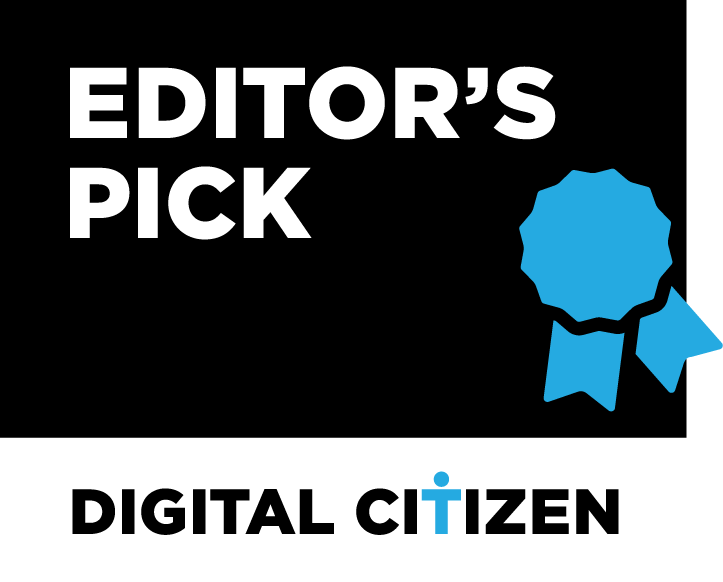
Verdict
Fitbit Charge 4 is an advanced health and fitness tracker that offers everything you need from a device of its type. If you are looking for the best on the market, Charge 4 is the device to buy. New features like GPS tracking and Active Zone Minutes make it a worthy upgrade over its predecessor, which was already one of the best devices of its kind. We recommend Fitbit Charge 4 to anyone serious about monitoring and improving their health and fitness.
Unboxing the Fitbit Charge 4
The packaging used for Charge 4 is similar to that of other Fitbit products. The fitness band comes in a white box, featuring a picture of the device on the front cover. On the sides, you find lots of information about its features in several languages.
When you open the box, you see the Charge 4 nicely packaged and safely tucked so that it doesn't get damaged during shipping. You are also instructed to install the Fitbit mobile app to get started.
Inside the packaging, you find the Fitbit Charge 4 with its wristbands (both small and large), the proprietary charging cable, and leaflets with product information, setup instructions, and warranty information. The small wristband fits wrists that are 5.5 - 7.1 inches or 140 - 180 mm in circumference. It is a good fit for many ladies and teenagers. The large wristband fits wrists that are 7.1 - 8.7" or 180 - 220 mm in circumference.
The unboxing experience for the Fitbit Charge 4 is pleasant. Inside the package, you get everything you need to get started. However, you may need to charge the Charge 4 before setting it up. Ours was discharged when we received it.
Design and hardware specifications
Fitbit Charge 4 follows the svelte design of its predecessor - the Charge 3. It even works with the straps from the Charge 3 - a useful feature if you are upgrading from the older model. The new model is available in one size and four color variants: Black, Rosewood, Storm Blue, and Granite Reflective Women. The latter is a special edition that is slightly more expensive, and it comes with an additional woven strap made from recycled materials. The classic strap on all the color variants is made of flexible, light plastic, similar to that used in many sports watches.
The Charge 4 is made up of a small tracker module that can connect to a variety of straps with a proprietary connector. The tracker has 1.4 x 0.9 x 0.5 inches or 35.8 x 22.7 x 12.55 mm in length x width x height. It is also very light, weighing about 29 grams without the wristband, and about 60 grams with the large wristband on.
Inside the tiny tracker, there are lots of components. The big novelty is that Fitbit Charge 4 has built-in GPS for measuring both pace and distance. There is also an optical heart rate monitor that measures the heart rate data at 1-second intervals during exercise tracking and at 5-second intervals the rest of the time. Fitbit has packed in a SpO2 sensor too, that can track oxygen saturation using red and infrared light. You also find a 3-axis accelerometer, a vibration motor, an altimeter, and an NFC chip. The built-in storage saves 7 days of detailed motion and heart rate data, minute by minute. It saves daily totals for the past 30 days. One nice feature is that it is water-resistant up to 50 meters, and you can wear it in the shower, the pool, or when doing some light swimming at the seaside.
Fitbit Charge 4 has a monochrome OLED 1-inch display that's big enough to show notifications and activity stats, while also allowing you to navigate it with your finger. A lithium-polymer battery powers the tracker, and Fitbit claims that it can last up to seven days, or five hours of continuous GPS tracking.
Fitbit Charge 4 uses Bluetooth 4.0 to send and receive data, and it works with macOS 12.2 or newer, iPhone 5S and later, iPad 5 and later, and Android 7 or newer. It can be used at temperatures that vary between -4°and -140° Fahrenheit or -20° and 60° Celsius. The maximum operating altitude is 28000 feet or 8535 meters.
To learn more about the features and specifications of this smartwatch, visit its official web page: Fitbit Charge 4.
Setting up and using the Fitbit Charge 4
To use the Fitbit Charge 4, download and install the Fitbit app for Android or iOS, create an account, and then pair it with your smartphone. Bluetooth should be activated on your smartphone. It is a good idea to read the product care tips shown during the setup wizard and also to update the firmware, if you want to benefit from the latest fixes and improvements.
The Fitbit app is excellent and easy to use. You are shown all the essential metrics as soon as you open it, and the Charge 4 syncs automatically in the background. The interface is divided into logical sections, which give you access to different features and data. You can also personalize it to suit your particular needs, with "tiles" that can be moved around or even dismissed.
Fitbit Charge 4 is smartwatch-like in the sense that it has a couple of built-in apps like Alarms, Spotify, Relax, Agenda, or Weather. It also has a collection of clock faces that can be downloaded and used. However, the apps available are rather basic, and the Spotify integration is underwhelming. You must have a Spotify Premium account, and all you can do is control the audio playback on your phone, from the Fitbit Charge 4. Also, the app is slow to respond to your taps, and, after trying it out three or four times, I just stopped using it.
The outdoor visibility of the screen is reasonable, but when there's lots of sun, and your hands are sweaty, interacting with the screen can be a bit challenging. The inductive button on the left side of the Charge 4 is used for navigation, and we sometimes found it finicky to press.
The notifications on the Fitbit Charge 4 can be useful if you are the type of person who wants to stay in touch with all the updates. However, they can quickly become annoying, so we recommend that you only enable notifications for the apps that are important to you. Otherwise, you might end up not getting any work done because your fitness band vibrates every few minutes. You can reply to the messages you receive straight from the Fitbit Charge 4. You get five predefined Quick Replies, and you can customize them as you wish. A minor downside to the notifications is that sometimes they seem to be buggy, as in the same notification is sent several times, even after it has been seen once. Most probably, this problem is going to be fixed in a future firmware update. Overall, the smartwatch-like experience on Charge 4 can be beneficial but is also slower and less appealing than on real smartwatches. We appreciated it more on the Fitbit Versa 2.
The battery life that we got was not the 7 days advertised by Fitbit, but around 5 days and a few hours. Also, when using the GPS, you get somewhere between 4 and 5 hours of autonomy. If you want it to stretch to 7 days, you most probably need to turn off the heart-rate monitoring, not use GPS, and disable the Always Connected feature that regularly syncs the Charge 4 with your smartphone. Luckily, the charge time of the battery is not too long: it takes two hours to charge this fitness band from 0 to 100%.
Wearing the Fitbit Charge 4 was a comfortable experience, both when exercising, and when sleeping. However, you may feel the need to take it off for a while, once every few days. If you want it to log everything, you can switch hands from time to time and avoid taking it off at all.
I found the Reminders to Move quite useful. I spend a lot of time in front of my PC, and during the lockdown caused by the recent pandemic, it is tempting to sit and work for long hours without any physical activity. Fitbit Charge 4 regularly reminded me that I should be more active. The All-Day Calorie Burn data was also helpful in motivating me to pay attention to how much I eat, and integrating it with the food-logging offered by MyFitnessPal makes it easy to stick to healthy eating habits. If you want to, you can also use the Fitbit app to log both your food and water intake, instead of third-party services.
The Fitbit app can also be used to log your weight for a complete overview of your evolution. Ladies can use the app to log their period, record symptoms, and compare their cycle against other health stats like sleep, activity, and weight.
Fitbit Charge 4 is a fitness band that you enjoy using, it provides useful data and notifications. You need to charge it once every 5 or 6 days, and it gets fully charged in two hours, so that is a big plus.
The health and fitness features of the Fitbit Charge 4
All your health and fitness data is available both in the Fitbit app and in a dashboard found online at Fitbit.com. The app first shows you the number of steps you take each day. You also see how long you walk, how many calories you burn, and how many minutes you are active each day. This data can be integrated with food-logging apps such as MyFitnessPal or fitness apps like Runkeeper or Endomondo. A new feature in Fitbit Charge 4 is Active Zone Minutes, which measures the time spent in the fat burn, cardio, or peak heart-rate zones. For each minute spent in cardio or peak heart-rate zones, you earn two Active Zone Minutes. Heart-rate zones are personalized based on your fitness level and age.
While in lockdown, I was happy to see that I managed to keep the usual metrics (e.g. number of daily steps) up, but I was doing poorly in the Active Zone Minutes metric. As a result, I slowly started doing more workouts at home and adjusted my habits to avoid problems in this area. Active Zone Minutes is now available only for Charge 4, later this year it will be rolled out to the Fitbit Versa, Fitbit Versa 2, Fitbit Versa Lite, and Fitbit Ionic, but not to its other fitness trackers. Most probably, Fitbit has chosen this strategy to determine users of older Fitbit fitness trackers to upgrade to the new model.
Fitbit Charge 4 records your resting heart rate, tracking heart rate trends over time. It also shows you a log of your resting heart rate for the last 30 days and gives you a comparison of your cardio fitness with other people of your age and gender.
Another new feature is the GPS tracking, which supplements the data you get during workouts. Fitbit Charge 4 shares real-time pace & distance metrics, using the built-in GPS. It complements the built-in heart rate tracking well, and getting data about your heart zones while exercising is a useful feature. The heart rate reading shows you what heart rate zone you are in, such as cardio, peak, or fat burn. Fitbit also shows you a log of your resting heart rate for the last 30 days and gives you a comparison of your cardio fitness with other people of your age and gender.
Another essential feature for me is the sleep tracking one. Fitbit does an excellent job in this regard. Each night it calculates a Sleep Score that takes into consideration how long you're awake, restless, and how long you remain in each sleep stage: light sleep, REM sleep, and deep sleep. It even gives you a comparison of 30 days' worth of data if you want to check whether your sleep pattern has improved. A recent addition is the Estimated Oxygen Variation that can help you spot breathing issues using the data collected by the SpO2 pulse oximeter sensor. I noticed a direct correlation between my Sleep Score, oxygen variations, and how rested I felt each morning. All this data is excellent, and it helps people pay attention to sleep patterns and improve them over time.
Some users are going to appreciate the SmartTrack Automatic Exercise Recognition. Fitbit Charge 4 can automatically detect when you go for a run. Therefore, if you forget to select and start an activity before you begin to run, Charge 4 starts one for you after detecting the exercise. There's also an auto-pause that automatically kicks in if it senses you've stopped.
If you want even more data and graphs, we recommend purchasing the Premium subscription. With it, you get access to guided programs, advanced insights, which are even more detailed and helpful, advanced sleep tools, and dynamic workouts. Unfortunately, the subscription price is quite high ($79.99/year), and we believe that Fitbit should lower it. Luckily, during the lockdown, you get 90-days free to test the service and decide whether it is useful enough before purchasing it.
If you are passionate about stats, graphs, and detailed data, we recommend logging in to Fitbit.com and accessing the web dashboard available there. Combined with a Fitbit Premium subscription, this is the place to go when you want the best possible fitness and health data about yourself.
Fitbit Charge 4 is the ultimate tracker for people interested in health and fitness, and it provides lots of helpful data and features.
Would you buy the Fitbit Charge 4?
Now you know both what we like and what we don't like about the Fitbit Charge 4. Before closing this review, tell us your opinion about this fitness and health tracker. Do you like what it has to offer? Do you consider it useful? Comment below and let's discuss.


 06.05.2020
06.05.2020 